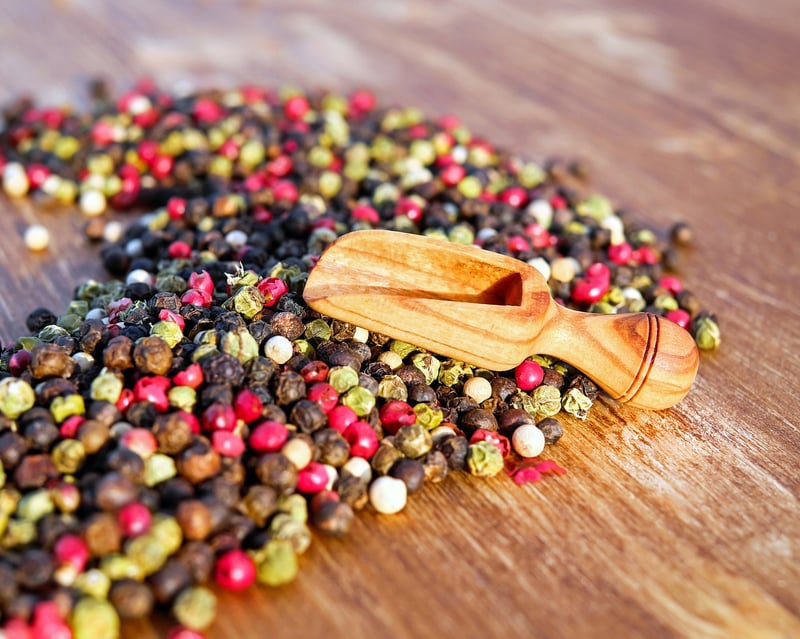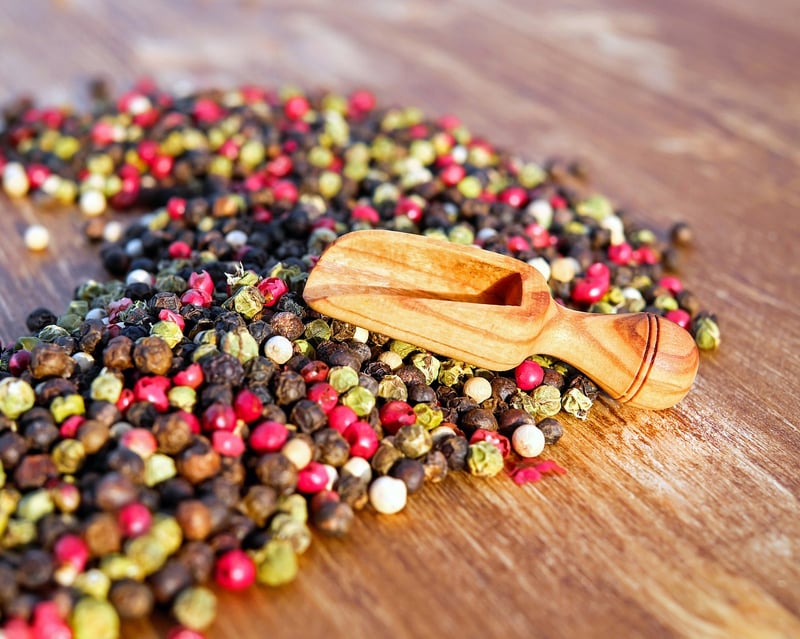Ingredient Substitutions
Enhance Your Culinary Knowledge: Ingredient Substitutions
Whether you're a seasoned chef or a novice cook, understanding ingredient substitutions is a valuable skill that can save you in a pinch and elevate your dishes. Here, we explore some common ingredient swaps that can help you adapt to various dietary preferences, allergies, or simply what you have on hand.
1. Baking Powder vs. Baking Soda
While both are leavening agents, they are not interchangeable. Baking powder contains both an acid and a base and is used in recipes without acidic ingredients. Baking soda requires an acidic component to activate its leavening properties. If you're out of one, you can substitute with the other by adjusting the recipe accordingly.
2. Butter vs. Oil
Butter adds richness and flavor to dishes, but oil can be a healthier alternative. In many recipes, you can swap butter for oil using a 1:1 ratio. Keep in mind that this substitution may affect the texture and taste of the final dish.
3. Honey vs. Sugar
Honey is sweeter than sugar and has a distinct flavor. When substituting honey for sugar, use 3/4 cup of honey for every cup of sugar and reduce the liquid in the recipe by 1/4 cup. Additionally, lower the baking temperature by 25°F to prevent over-browning.
4. Cow's Milk vs. Plant-Based Milk
For those with lactose intolerance or following a vegan diet, plant-based milk alternatives like almond, soy, or coconut milk can be used in place of cow's milk. Ensure to choose unsweetened varieties for savory dishes and adjust the consistency as needed.
5. All-Purpose Flour vs. Whole Wheat Flour
Whole wheat flour is denser and has a nuttier flavor compared to all-purpose flour. When substituting whole wheat flour for all-purpose flour, you may need to increase the liquid in the recipe slightly and expect a different texture in the final product.
6. Fresh Herbs vs. Dried Herbs
If a recipe calls for fresh herbs but you only have dried herbs on hand, remember that dried herbs are more concentrated in flavor. Use 1/3 of the amount of fresh herbs called for in the recipe when substituting with dried herbs.
Experimenting with ingredient substitutions can open up a world of possibilities in the kitchen. Feel free to get creative and tailor recipes to suit your preferences and dietary needs!

For more culinary tips and tricks, check out Food Network.
